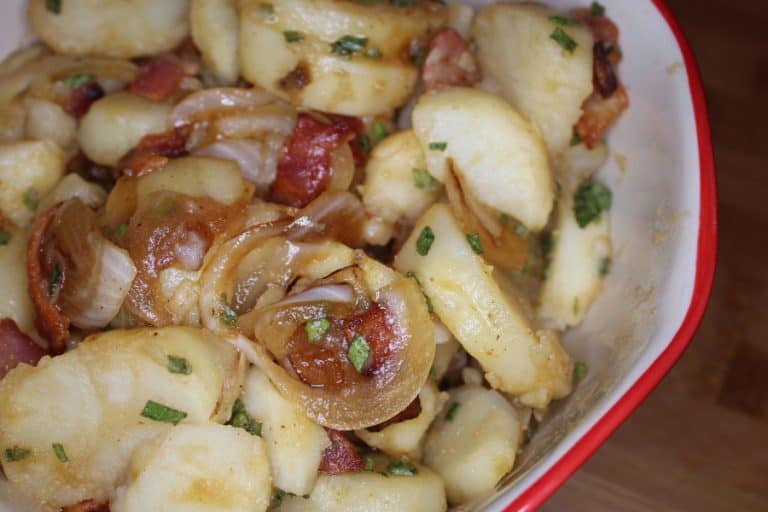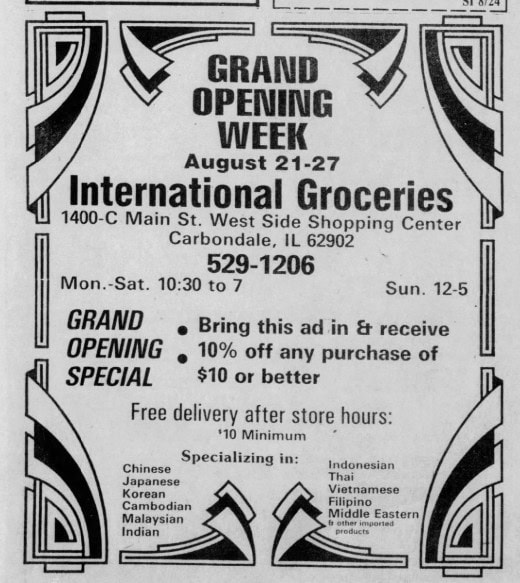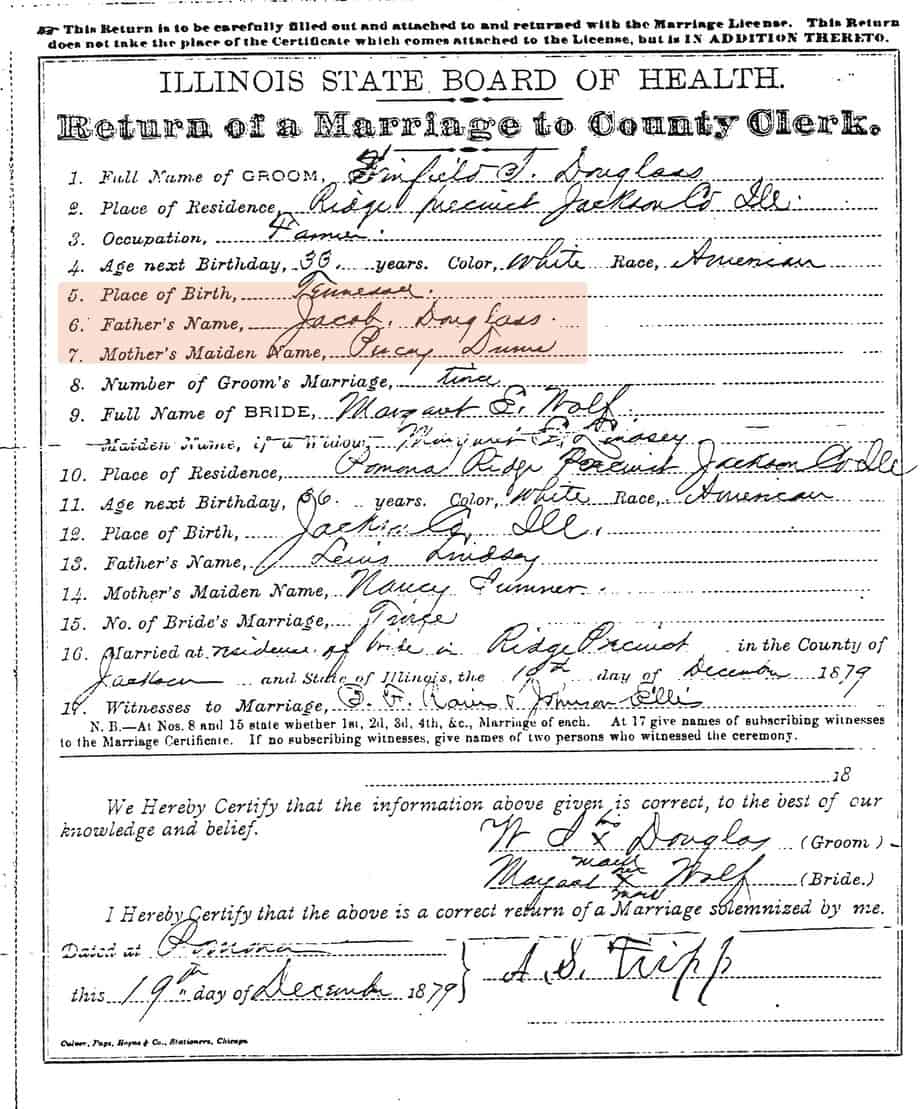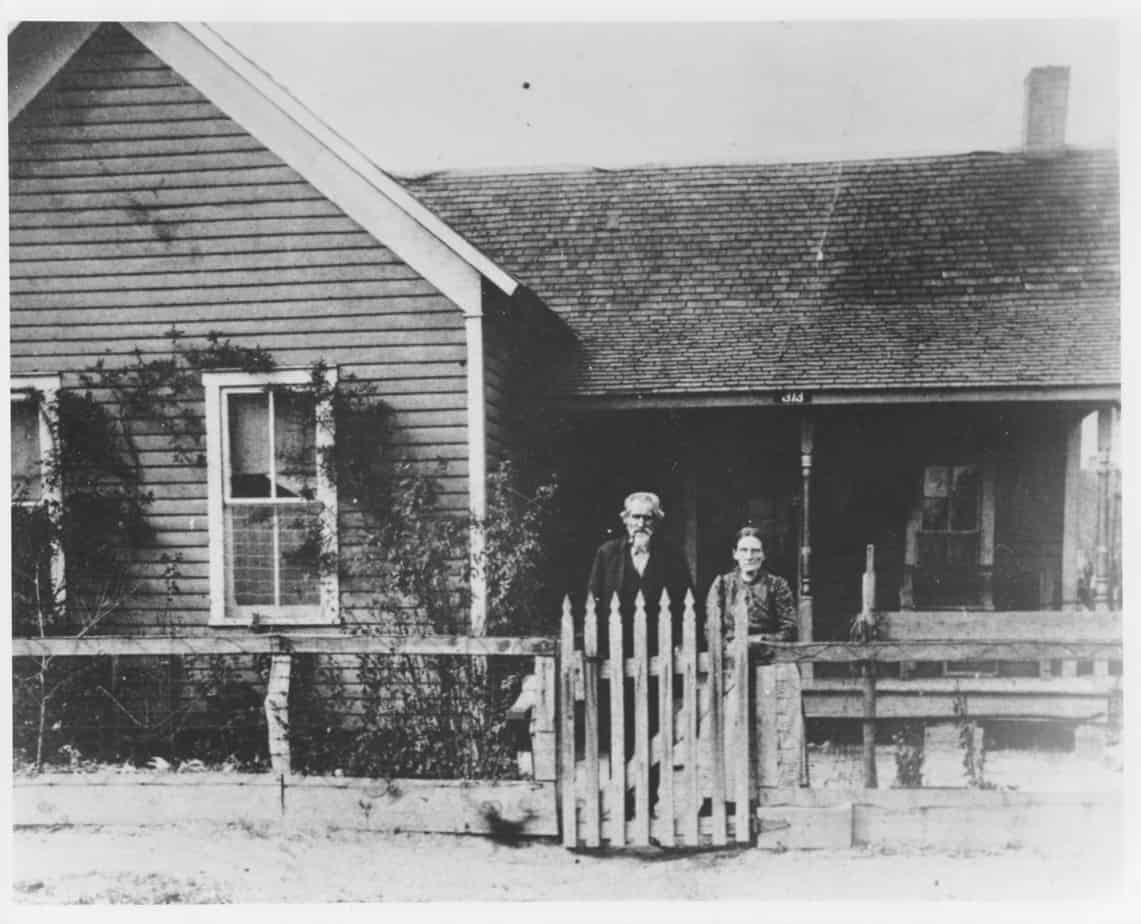Wild Game and Root Vegetables
I have always enjoyed participating in Amy Johnson Crow’s 52 Ancestors in 52 Weeks challenge. This year, I’m putting a food heritage spin on the 2020 themes and writing monthly instead of weekly.
Week 3 of this year’s 52 Ancestors challenge is “Long Line”. This, like many of the weekly themes, can be interpreted in many ways.
My long line goes back to my 4th great-grandfather, Reverend Caleb Lindsey, who I wrote about in 2014. He is my earliest Lindsey ancestor that I can confirm – the long line stops with him.
The Illinois Lindsey Clan
Reverend Caleb Lindsey was born in 1778 In Rockingham County, North Carolina. While there are theories about his parentage, he’s a bit of a conundrum. Lindsey family researchers have yet to confirm who Caleb’s parents are.
According to a manuscript written around 1936 by his great-grandson Isadore Lindsey (1850-1940), Caleb and part of his family arrived in Jackson County, Illinois in 1815 or 1816. This was still a few years before Illinois would become a state but about 10 years after the first settlers arrived in the area.
Much of the area was still wilderness and Caleb – with his grown children – cleared land to build their homes and plant crops. The area they settled is close to where Pomona, Illinois is today. It is still somewhat wilderness with lush green foliage surrounded by unique natural attractions, but the remnants of those early settlers still haze over the land.
I’ve seen Caleb referred to as “Calip” on census records and as “Calup” by Isadore in his writings. This suggests a certain pronunciation of the name that may reflect an accent the family carried from their original home. These details have always fascinated me… where I say “Caleb”, an accent from long ago clearly suggest a different pronunciation.
Food in our Wilderness
While there were settlers in this part of the state by 1806 (thereabouts), there was little in the way of civilization 10 years later. There were no stores or even a trading post nearby. Any food that my ancestors and their neighbors ate came from surrounding lands. Wild game was plentiful and early crops yielded corn for cornmeal and corn whiskey [1]Allen, J. 1945 Jackson County Notes, Jackson County Illinois Historical Society.
Have you ever tried corn whiskey? It’s painful! Okay, moving on…
Root vegetables eventually were planted in gardens as well. Early cooking tools included pots used to cook over an open flame and, perhaps, and open hearth in the home.

While there is no record of exactly what folks were eating then, there are educated assumptions we can make. We know wild game was abundant so venison was likely a staple on the dinner table. Cornmeal was used to make hoecakes, and root vegetables along with any game were slow-cooked in stew or roasted.
There were no spices to speak of and any herbs were grown or gathered. Morrell mushrooms still dot the land today and were very likely available 200 years ago.
Slow-Cooked Venison with Root Vegetables
I currently have a freezer full of wild game, mainly venison, thanks to my husband and modern technology. We have enough meat to last the year, also thanks to modern technology… meat doesn’t have to be preserved as it did then. I can simply pick it up from the meat processor, bring it home, haul it to the basement and play Tetris while finding room for it in the freezer. I have it easy compared to Caleb!
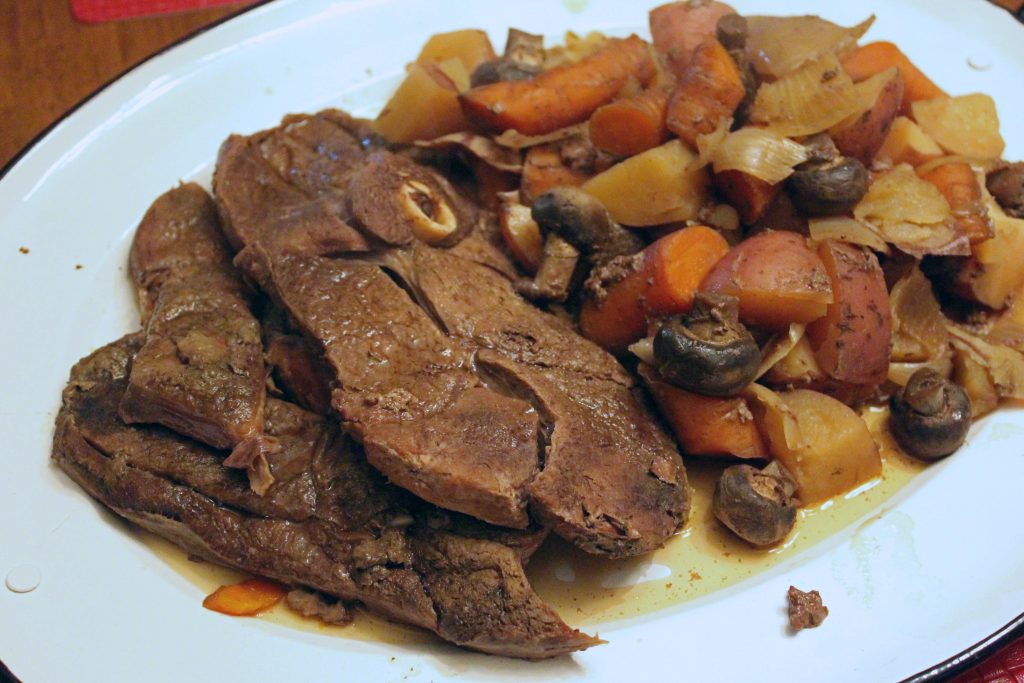
However, I still cook in much the same way, albeit I like my modern kitchen conveniences. I love my slow cooker! But the slow cooker just does for us what we would have done for ourselves even 50 years ago let alone 200.
This slow-cooked venison recipe is simple. Root vegetables and mushrooms accompany the roast in the slow cooker. I used very little seasoning save salt – which we did have here 200 years ago thanks to a man named Conrad Will and his nearby saltworks. I did cheat a bit and covered everything in beer! And I used my slow cooker. I didn’t peel the carrots or potatoes – my ancestors didn’t possess a vegetable peeler so I left mine lay in the drawer.
Other things you could add to this recipe today – Worcestershire sauce, red wine, French onion soup mix, garlic, and other spices. While simple, this is certainly a versatile recipe.
References
| ↑1 | Allen, J. 1945 Jackson County Notes, Jackson County Illinois Historical Society |
|---|



